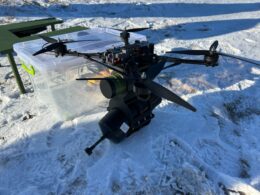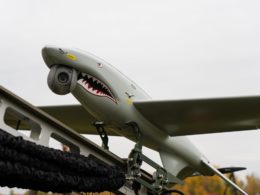Forbes has highlighted a stark gap between wartime needs and US production capabilities. As Ukraine sets demanding requirements for drone manufacturers, the Pentagon's programs lag far behind in scale and speed.
"Making high-quality FPVs at scale is difficult. Doing it without using ubiquitous Chinese components looks almost impossible," writes Forbes technology correspondent David Hambling, examining how one US company is meeting Ukraine's ambitious production targets.
California-based Neros has secured a contract to deliver 6,000 FPV attack drones to Ukraine over six months, marking the highest production rate for any US manufacturer.
"One of the first things we did when we started the company was go to Ukraine, and we were told that if we could not make 5,000 drones per month we were essentially useless," Neros co-founder and CEO Soren Monroe-Anderson said.
The achievement stands in sharp contrast to the Pentagon's Replicator program, which aims to produce just 3,000 drones over two years.
"China dominates the drone market, with one company, Shenzhen-based DJI, producing an estimated 70% of all consumer drones," Hambling notes, highlighting the challenges of developing independent supply chains.
Founded by former professional drone racers, Neros has developed its Archer drone system without Chinese components, achieving complete supply chain independence through vertical integration.
"Historically, the hardest components to source outside of China have been motors and cameras," Monroe-Anderson explained. "For both we have worked closely with partners to scale up production lines outside of China."
The Archer drone carries a 2kg warhead with a range exceeding 20 kilometers and features advanced anti-jamming capabilities. It has become the first FPV drone added to the Pentagon's BlueUAS list, attracting interest from the Marine Corps, Air Force, Army, and Special Forces.
Monroe-Anderson acknowledges the challenge ahead.
"Our adversaries can produce millions of FPVs. Right now, the US military is way behind most of the world in using FPV drones, and we want to fix this," he noted.
Read more:
- As Russians catch up with naval drone tech, Ukraine is developing countermeasures
- SBU drones cut power to Krasnodar oil pumping station that supplies Russia's Afipsky and Ilsky refineries
- Forbes: Ukrainians track Russian fiber-optic drones by following cables to hidden base





